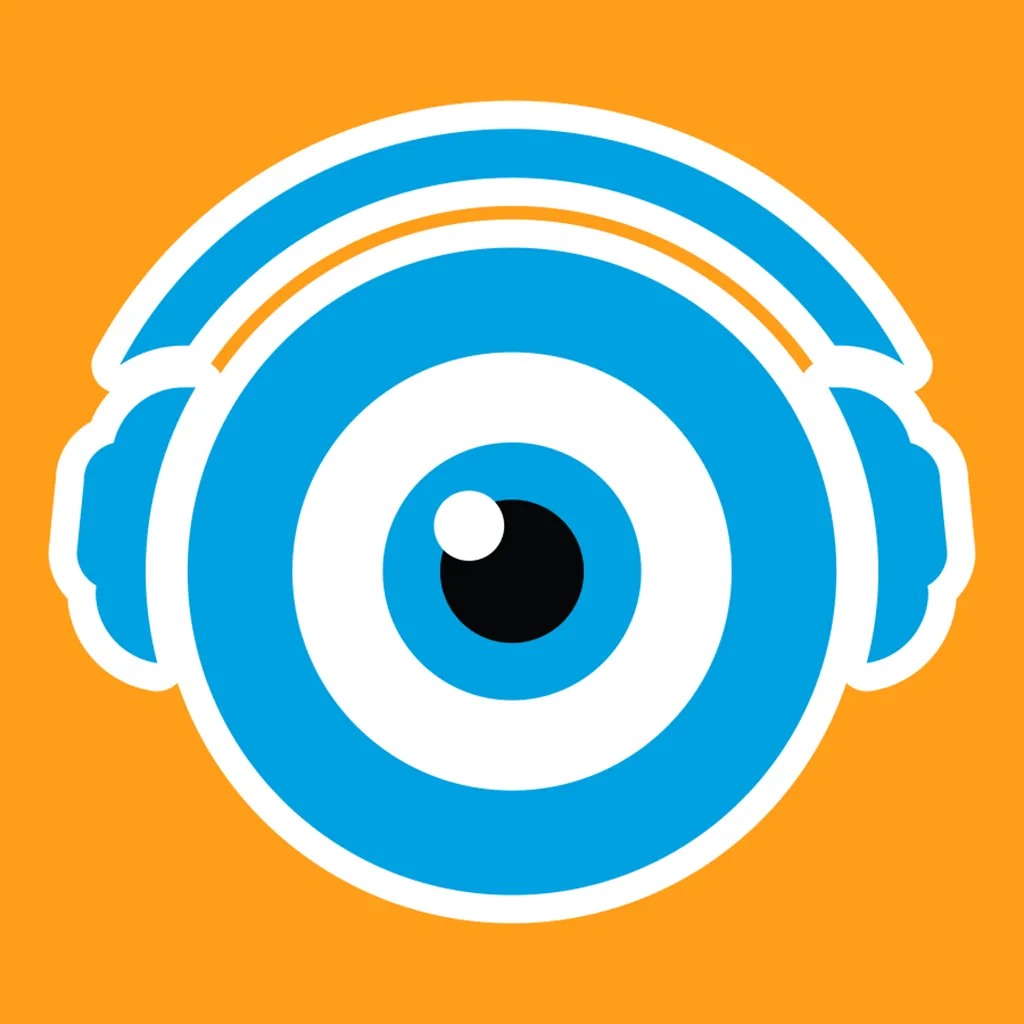Feeling overwhelmed by the sheer volume of information in nursing school? You’re not alone! But did you know that understanding your individual learning style can be a game-changer? This blog post will explore the different learning styles common among nursing students, explain why identifying yours is crucial for success, and offer tips to help you maximize your learning potential.
Why learning styles matter for nurses

Nurses and nursing students need to understand their learning style and how they retain and absorb information. This is important for several reasons. First of all the path to becoming a nurse is pretty intense and expensive. Knowing how you best learn and absorb information helps to best prepare yourself in advance and sets yourself up for success as a student and future nurse. This is essential for engagement and retention. When nurses use methods of learning that align with their learning style then they are much more likely to absorb and retain what they learned so that they can use it in their practice. Important to mention here is that once you start working in the healthcare setting, information is likely to be coming at you at warp speed from many different sources such as lab values, patient monitors, data from charts, doctors, and the patient themselves. Knowing how to listen and interpret this data is your responsibility! It’s not likely you will be asked how you best retain information.
Why is knowing your learning style important?
Once you start working as a nurse you are expected to maintain your license yearly with hours and educational requirements through what is called professional development. This ensures you are up to date on all the latest and safest advancements in patient care which ultimately ensures your knowledge and skills are continually reinforced. Medicine is always changing and healthcare practitioners need to learn and grow alongside this change or we will get left in the dust and worse, patient care will suffer. Professional development may be presented to you via online learning, classroom and workshop settings and from seasoned nurses themselves. So when nurses use strategies that correspond with their learning styles, it leads to improved understanding and recollection of healthcare concepts that are essential.
As mentioned above, nurses are often taking in information from a variety of settings and stimuli. Patient assessments, doctors orders and instructions, collateral from the family, in addition to data we received from technology that we may be using in the clinical setting. Knowing how to streamline this important information and retain and relay what is important is vital to the health of your patient.
Last but not least, nurses are often tasked with educating our patients. Discharge planning ideally begins when the patient is admitted and continues until they leave the hospital. Important information such as medication administration, post-op care at home and dietary restrictions, are just a few examples of what the patient will be expected to know when they are discharged. Medicine is like another language, and some patients will be hearing it for the first time. If we feel a patient is not comprehending something important, then this gives us an opportunity to customize and adjust what and how we are teaching them in order to meet the patient’s unique needs. For example, use of diagrams or other visual aids to ensure they are understanding what you are teaching them.
In other words, knowing your own style may help you to identify what works best in others, allowing you to efficiently and safely pass on this information to patients and ensure they are comprehending what you have told them effectively. This also works when passing on information to colleagues, such as other nurses on shift exchange and physicians tasked with their care.
What are the different learning styles?
While there are about eight different learning styles, most people resonate with one or two. Neil Fleming published the VARK learning style theory in 1987 and identified the following four learning styles: visual, auditory, reading/writing and kinesthetic/tactile.
- Visual learners learn best when information is presented in visual aids such as charts, pictures, and graphs. In other words when the information can be seen, they are more likely to engage and retain the information. Written instructions alongside pictures or illustrations are beneficial to this type of learner as it further helps to visualize concepts more easily.
- Auditory Learners absorb information best through listening. Recordings of lectures and tutorials that can be played back and listened to are especially helpful for this type of learner. Explanations that are spoken or taking part in group discussions allow information to be repeated back to help solidify the learning.
- Read/Write learners retain and learn best through text from a textbook, instructions that are written, as well as articles and notes. Creating written summaries and detailed notes allow them to retain information best. Writing can be a profound and strong point of focus especially when we are focusing our attention intently on what we are writing and reading.
- Kinesthetic Learners prefer hands-on experiences where they can process information via physical activities that involve active learning such as role playing and other exercises that are interactive such as simulations and/or experiments. Think of a skills lab in nursing school! Allowing these learners to manipulate objects and engage in practical tasks relevant to the topic helps them to learn best. Doing as much as possible is truly the best way to absorb complicated skills and concepts for this type of learner.
While these styles are categorized into four groups, some learners will demonstrate and resonate with a combination of the styles above.
In 1986, Honey and Mumford published their learning styles which were based on a different learning style published 2 years earlier. They also group theirs into four categories; Activist, reflector, theorist and pragmatist. These styles are seen mostly when in a new situation or challenge.
- Activist learners learn by doing and enjoy learning new experiences by diving in to solve a problem collectively in a group setting. They enjoy new experiences and ways to challenge themselves. They like to learn hands on either as a group or alone and may get bored easily especially when they feel they are not being challenged. Hands-on experience is the name of the game for these learners.
- Reflector learners like to process and think about the data before they take action. They work and collaborate well with others and are fine to allow others to take the lead in certain situations. They like to have time to investigate and think about a task before they complete it and may get frustrated if they do not have time to do this.
- Theorist learners need to learn why something is by first understanding its foundation. Taking this information and conceptualizing it into something they can understand in order to form their own theories about it and how to apply it into everyday life. Ensure that learners are given the theory behind the learners idea and have the space to ask questions and explore ideas.
- Pragmatist learners like to see how what they have learned can be applied in real world scenarios. They like to see a benefit in what they are learning and may become frustrated when they do not see an obvious gain from knowledge they have acquired. These learners are best suited when they can apply what they have learned and put it to practice immediately. Ensure you are helping these learners to connect what they have learned through practice, and allow space for practical examples for the student to build on and replicate.
Tips for Studying Based on Your Learning Style

Tips for Visual learners
If you have identified with this style of learning, then you probably enjoy visual aids such as videos, grafts and charts. Use of colors to create visual aids to remember complex concepts is also another effective study tool. Ensure to take advantage of visual aids used during lectures or find some on your own that resonate and help you to remember. For example, funny and memorable Picmonics may also benefit you when learning a difficult to understand nursing topic, such as How to Interpret Acid Base Disorders which is a critical skill for nurses to know. Check out these visual learning tips for students to master this learning style.
Tips for Auditory Learners
This is you if you tend to retain information best by listening to audio of lectures, podcasts, books and other recorded media. Taking what you have learned and explaining it to others in a group setting or discussion helps to further solidify your learning. Concentrating in this way allows for you to focus on what is being said. Use of mnemonics and word associations also benefit this type of learner. For example when learning about important side effects of medications. Picmonics such as Tetracyclines Side Effects are a great way to remember tricky content and allow it to stick in your memory. Check out these auditory learning tips for students.
Tips for Read/Write learners
Writing and taking notes are a very strong point of focus, and retaining information in this way allows the learner to slowly process and solidify content by focusing on what they are reading and writing. Particularly if you use paraphrasing and writing in your own words when creating summaries and outlines of any of the material that you are covering. Ensure you are supplementing with classroom materials and the assigned textbook so that you are getting all the facts correct. Practice essays and written responses to questions can also be a powerful way to condense and secure the learning. You can also try mind mapping as a tool in your study tool box, as this is a way to help you organize Information you are learning in order to understand it better. Start with the main concept in the middle of the page and work outward with use of arrows, branches and speech bubbles to expand and provide more detail. Practice quizzes may also be of benefit. Try quizzing yourself on a nursing topic such as Cardiac Cycle – Systole before and after your lecture to help you to retain these important facts.
Tips for Kinesthetic Learners
If you identify with this learning style, you learn by engaging in hands-on activities that relate to the subject matter at hand. Get your “hands dirty” and learn by manipulating objects in the lab and in real life. This allows for you to connect what you have learned with the associated activity by applying it to real life situations. The old saying if you want to learn something, teach it to someone else, really applies here. If you can teach a difficult concept sufficiently, then you likely have a deep understanding of the subject matter yourself. If hands-on experiences are not readily available, then try interacting with animation that is engaging. Such as our 6 Rights of Medication Administration Picmonic which is essential for nurses to know.
If you are ready to put some of these study tips and tricks into practice and save time studying and boost your test scores, then check out Picmonic. It’s the ultimate nursing study guide providing access to over 1,200 essential nursing school concepts in 2-3 minute mnemonic videos. Sign up today to start studying all while having fun.

About the Author
Pamela Schutz, RPN, Medical-Nursing Scholar
As a registered psychiatric nurse with over 23 years of experience, in addition to coordinating events, managing social media platforms, and crafting compelling content, Pamela effectively conveys messages and drives participation. Pamela has the talent for simplifying complex ideas and making the captivating world of medicine less mysterious.













